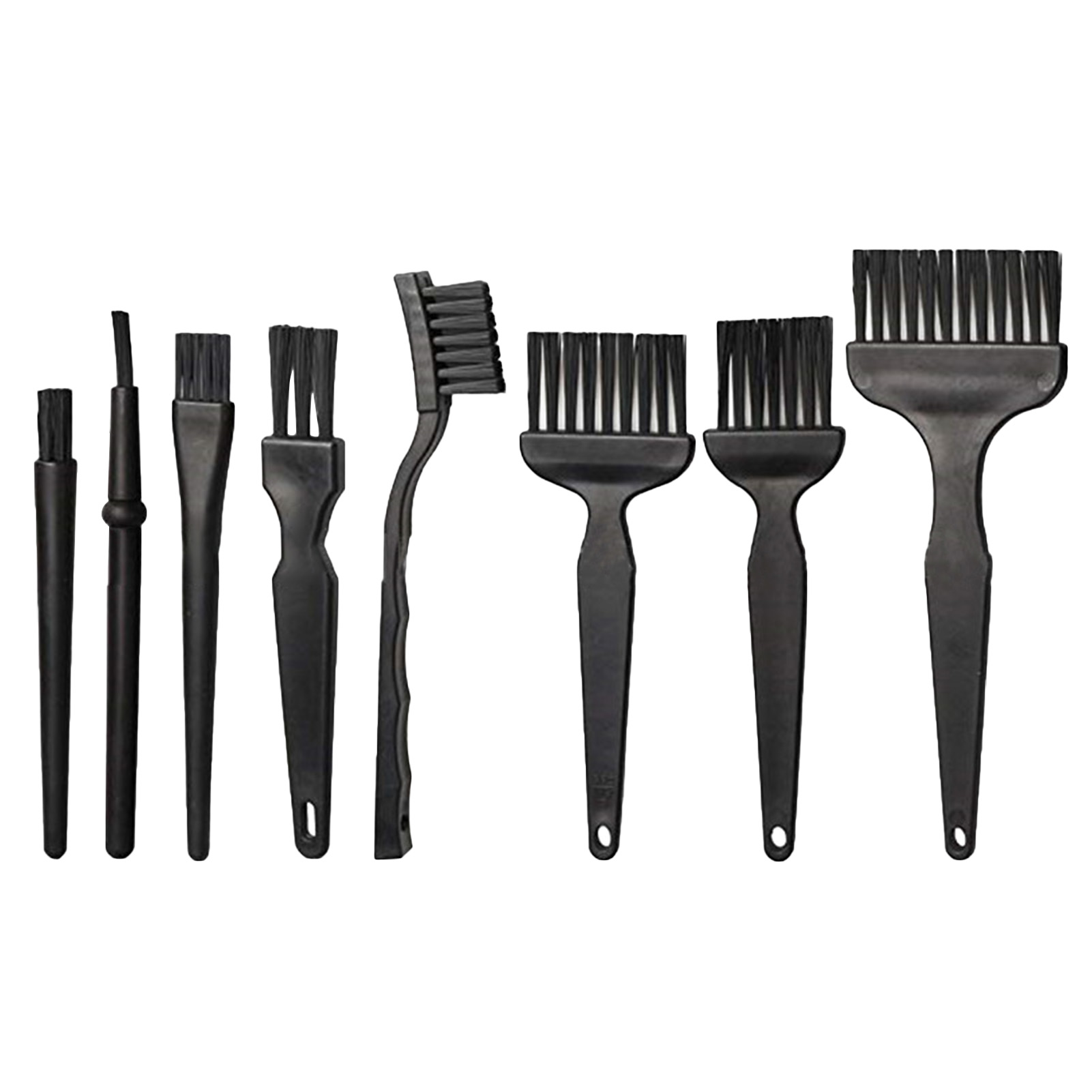ESD (Electrostatic Discharge) brushes are specialized tools designed to mitigate static electricity, which can damage sensitive electronic components during manufacturing, assembly, or handling. These brushes are commonly used in industries like electronics, semiconductors, and aerospace, where static control is critical.
Key Features of ESD Brushes:
1.Conductive or Dissipative Materials:
*ESD brushes are made from materials that are either conductive or dissipative, allowing them to safely discharge static electricity to ground.
*Common materials include carbon-filled fibers, metal filaments, or synthetic fibers treated with antistatic coatings.
2.Grounding:
*Many ESD brushes have a grounding point or wire to ensure static electricity is safely directed away from sensitive components.
3.Variety of Shapes and Sizes:
*ESD brushes come in various shapes (e.g., flat, round, angled) and sizes to suit different applications, such as cleaning circuit boards, removing dust, or applying coatings.
4.Non-Scratching:
*The bristles are designed to be non-abrasive to prevent damage to delicate surfaces.
5.Compliance with ESD Standards:
High-quality ESD brushes comply with industry standards like ANSI/ESD S20.20 or IEC 61340, ensuring they meet safety and performance requirements.
Applications of ESD Brushes:
Cleaning Electronic Components: Removing dust, debris, or solder flux from PCBs (Printed Circuit Boards) without generating static.
Assembly and Handling: Safely handling sensitive components like microchips, LEDs, or hard drives.
Painting or Coating: Applying conductive or dissipative coatings in controlled environments.
Maintenance: Cleaning equipment in ESD-protected areas (EPAs).
Benefits of Using ESD Brushes:
Prevents damage to static-sensitive devices (SSDs) by safely dissipating static charges.
Reduces the risk of electrostatic discharge events that can cause component failure.
Enhances the reliability and longevity of electronic products.
Choosing the Right ESD Brush:
Consider the material and resistivity of the bristles (conductive vs. dissipative).
Ensure compatibility with the specific application (e.g., cleaning, handling, or coating).
Verify compliance with relevant ESD standards.
If you have a specific use case or need further details, feel free to ask!


